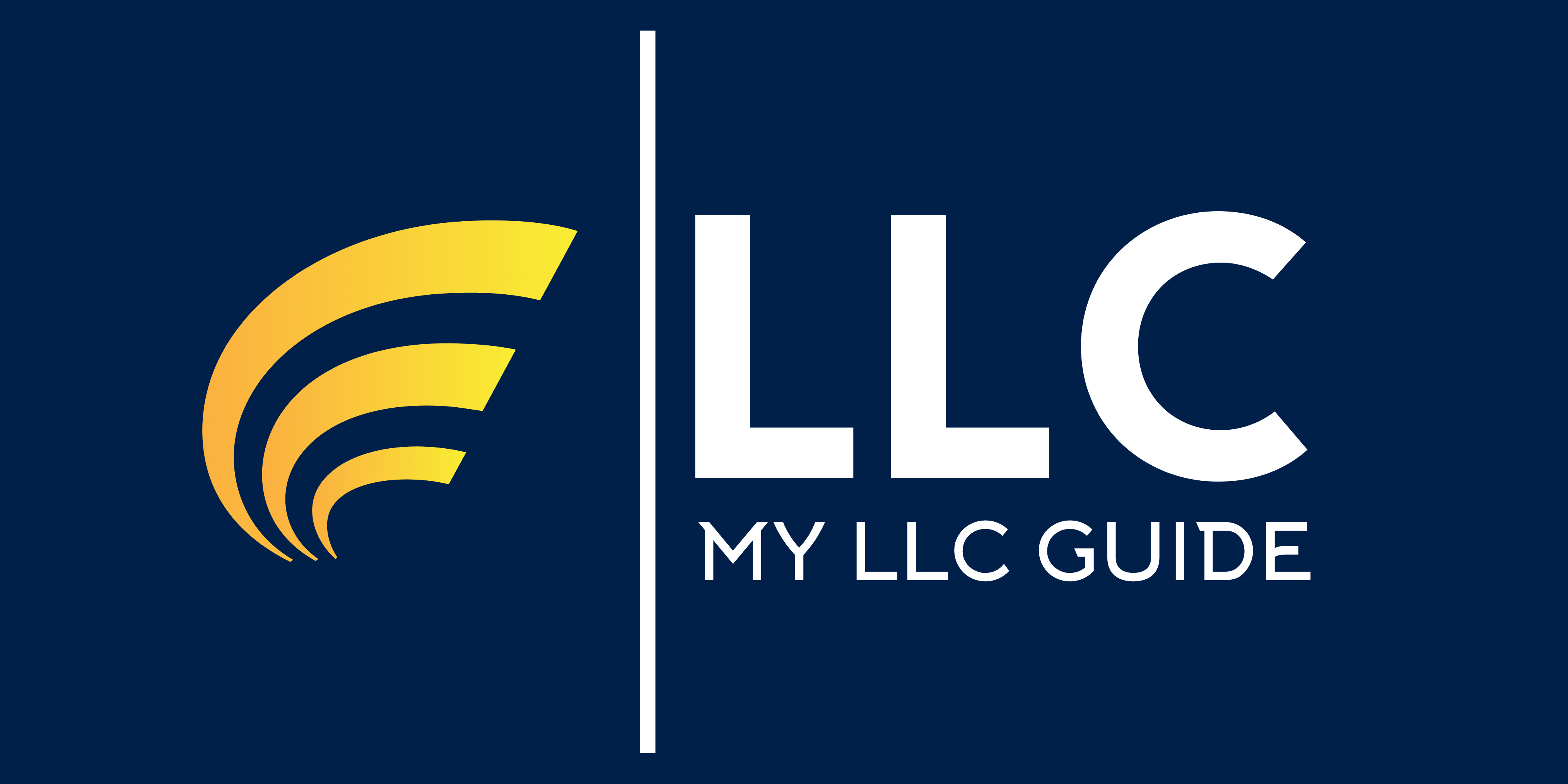
High security paper checks are checks that have been designed to include a range of advanced security features that make them more difficult to alter or duplicate. They provide an additional layer of protective measures compared to regular checks. These features deter fraudsters, help keep your finances safe, and protect your reputation. Below we cover everything you need to know about the question – What are High Security Paper Checks?
Informational Purposes Only
This article is for informational purposes only and does not constitute legal or tax advice. You should consult with a licensed professional regarding your specific business needs. For more see our full disclaimer page.
What Is High Security Check Paper?
A high security paper check is a special type of check that provides greater safety and security compared to a regular check. They contain a range of security features that make them much more difficult to alter or duplicate. They help keep your finances safe and prevent fraudsters from targeting your business or personal finances.
Many businesses rely on checks to issue and receive payment. And, fraudsters are aware of this and more than willing to step on and try and take advantage. The good news is you can protect your finances by switching to high security checks. Because they are much more difficult to copy or alter, fraudsters target regular checks which can be copied and manipulated more easily.
High security checks are a popular choice for businesses that process check payments regularly and for checks that are used for large sums of money. They add an additional layer of security, protect against fraud, and help prevent damage to a business’s name and reputation.
What Is a High Security Laser Check?
A high security laser check is a laser check that has been designed to include high security features. Laser checks are checks that can be printed onsite using a laser printer. And, high security laser checks are printed using a laser printer, specialized printing technology, and tamper-resistant toner ink. The great thing about high security laser checks is they allow a level of customization that is unavailable when ordering high security checks from a bank or check supplier.

The design process and security features can be configured to suit your specific needs. They are highly popular amongst businesses that process large volumes of checks and those that deal with high-value transactions. They deliver the combined benefits of heightened fraud protection and in-house customization.
How Do High Security Checks Work?
How does high security check paper work? From the writing of the check through to verification and payment we explain how each step in the process works below.
Printing the Check
The first step in the journey of a high security check is the printing of the check. This is the point at which the check is issued. The individual or organization that wants to issue payment fills out the check and includes the payee’s personal details and the value of the payment. This is done using secure software, an electronic signature, and a laser printer.
Depositing & Cashing
Once the check has been received the payee will deposit or cash the check to receive payment. This involves taking the check to a depositing facility such as a bank or a check-cashing facility. The identity of the person presenting the check will be verified and then the bank or cashing facility will begin the process of verifying the check before payment is issued.
Initial Processing
The bank that receives the check begins processing by scanning the check to capture its details. All information is recorded for future reference. The details of the check are sent through to the bank that issued the bank for their review.
RELATED
Verification
The issuing bank receives all the transmitted information and verifies that the check is legitimate and has not been altered. This is where the high security features come into play and ensure check integrity. The security features are verified against those on file for that individual check. And, if everything is in order, the check is approved for payment.
Payment Approval
Payment occurs once all the high security check features have been verified. At this point, the issuing bank authorizes payment to the payee’s bank, and the funds are transferred. The payee’s account is credited and payment is complete.
Transaction Record-Keeping
Detailed records of the transaction for each step in the process are captured and stored safely for future reference. This provides an accurate transaction trail for future reference should the payment ever be queried. Transaction record-keeping deters fraud and underlines the security of the payment method.
High Security Check Paper Features
What are the key security features of a high security bank check? We’ve covered – what a high security check is and how they work, now let’s take a look at the most common security features found on the check, see below.

Foil Hologram
Foil holograms are an easily recognizable security feature on high security checks. They use laser technology to create three-dimensional images that can be quickly verified when the check is presented for payment. Foil holograms are difficult to reproduce and are an effective protection against fraud. For more, see What Is High Security Hologram Check Paper?
Watermark
Watermarks are images or patterns that are embedded into the paper of the check. Watermarks cannot be copied and are difficult to reproduce. They can be verified using magnification and a clear light.
Security Ink
Security ink is a special type of ink that is used to deter check fraud. The ink is difficult to reproduce and is often used on the signature or MICR line. The MICR is the nine-digit magnetic ink character recognition. Several types of security ink can be used but the most popular is one that changes color when exposed to certain chemicals.
Microprinting
Microprinting involves the addition of very small text to the check using microcharacters. The text cannot be read with the naked eye and can only be observed by using a microscope. The use of microprint in a check makes it more difficult to forge or copy.
Tamper Evident Features
High security checks have tamper-evident features that are designed to appear if someone attempts to duplicate or alter the check. For example, a void pantograph is a tamper-evident feature that appears as a solid line when viewed normally. However, if the check is copied or scanned it appears as the word ‘void’.
For more, check out our full guide on High Security Check Security Features.
Who Needs High Security Laser Checks?
High security checks are great for individuals and businesses that want to protect their finances, prevent fraud, and safeguard their name and reputation. And, they are highly recommended for those who frequently process large payments via check.

For a nominal additional charge, compared to a regular check, they deliver a much greater level of security and protection. High security bank checks are favored by people and institutions that want to deter fraud and benefit from the highest level of check security available today.
RELATED
What Does a High Security Check Do?
A high security check delivers much greater protection from check fraud compared to a regular check. The advanced security features found in a high security check make it much more difficult to alter or duplicate the check.
They deter fraudulent activity and make it easier to detect any counterfeiting attempts. High security checks are a cost-effective way of protecting an individual or business’s finances and reputation.
Are High Security Checks Worth It?
High security checks are worth it if you value the security of your financial transactions. Although they cost more than regular checks, the additional protection they deliver helps protect against fraudulent activity and financial loss.
Additionally, when checks are forged and funds go missing it can cause reputational damage to the individual or business involved. The cost of high-security checks is minimal when you compare it to the potential financial and reputational losses that can be incurred through fraudulent activity.
For more, check out our full guide – Are High Security Checks Worth It?
RELATED

About the Author
Jason Roth: Editor in Chief
Jason is editor in chief at My LLC Guide. He holds a wealth of business management experience and has been advising companies on business formation issues for many years. Jason specializes in resource planning management, staff utilization, and productivity consulting.
He has worked predominantly in the west coast area where he graduated from the Marshall Business School at the University of South California. When he’s not working in his business advisory role, Jason likes to climb on his Indian Scout motorbike and enjoy the open road.